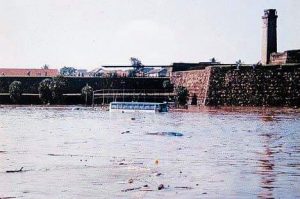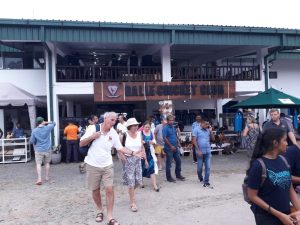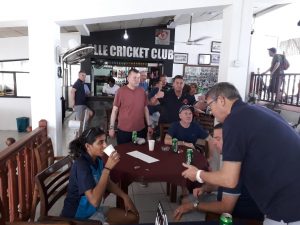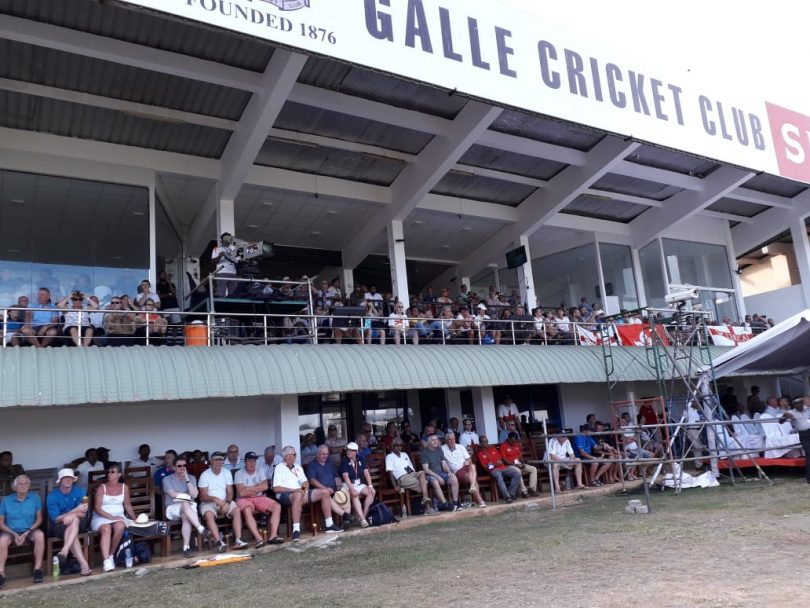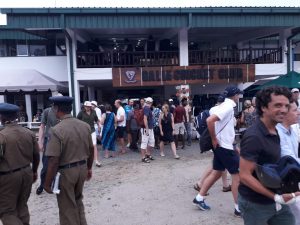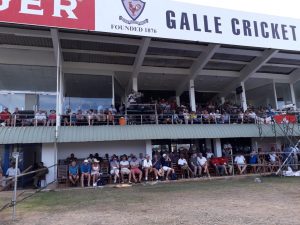On Thursday (Yesterday), Galle International Cricket Stadium marked it’s 15 anniversary of those devastating Tsunami waves on 26 December 2004, that demolished everything! Considered as one of the most picturesque Cricket Ground in the world, it is situated near the Galle fort and fringed on Two sides by the Indian Ocean.
It was the only cricket Stadium in Sri Lanka, that effected by Tsunami waves on that fateful day.
“It was the worst day ever of our lives. More tragically, that year’s Galle Cricket Club captain Ruwan Galappaththi’s mother was one of the victim, as she lost her life” a senior Cricket Club official told Cricket Age.
Established in 1876, the Galle Cricket Ground witnessed some of the most magical moment of game’s history as well. Most memorably, World’s greatest bowler Muttiah Muralitharan took his record breaking 800th test wicket at Galle Cricket Stadium.
“It was one of the most memorable day. It is pure destiny that world’s greatest bowler achieved that historic feat at Galle” he added.
However, it would have not possible without a determination and will to reestablished the stadium, after Tsunami waves destroyed everything.
“It took years to overcome. But the Galle Cricket Club was fortunate to get overwhelming support from around the globe” he continued.
Amongst cricket fraternity, legendary Australian leg-spinner Shane Warne played a significant role in rebuilding the Staduim.
“Shane Warne helped a lot to rebuilt the ground. We will forever be grateful to him for his gesture and unconditional support at the need of the hour” he added further.
And, it’s not about Tsunami and ancient history of the ground only. In last few decades, the Galle Cricket Ground emerged as a hub of some of the greatest cricketers of Sri Lanka cricket.
“Lasith Malinga, Nuwan Kulasekara, Champika Ramanayake, all started their cricket career from this historic ground” the senior Club official concluded.
